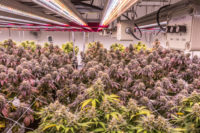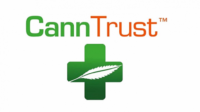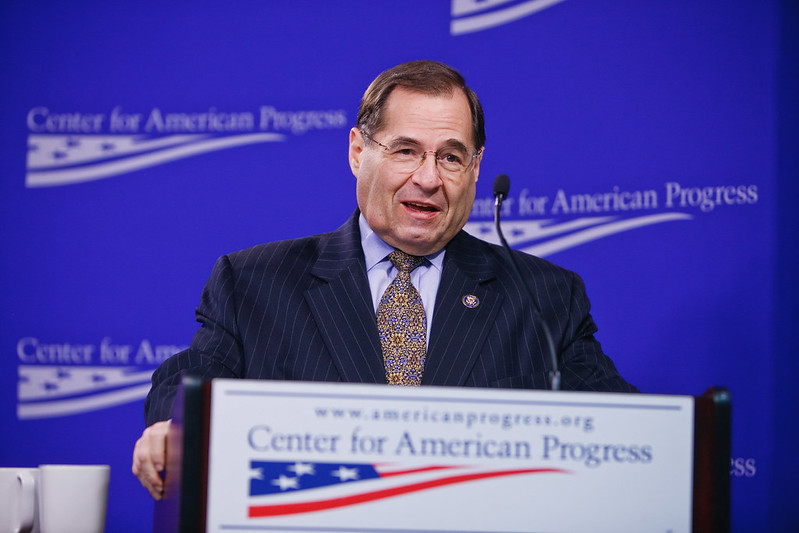The past year has been another strong year in cannabis. Investors continued to pour money into the burgeoning industry — surpassing 2018 investment totals in just 40 weeks — and new markets opened up for recreational and medical cannabis. And following the passage of the 2018 Farm Bill, CBD has proliferated and become one of the hottest health supplements in the country.
But as the year winds down, the industry appears to be poised for a more challenging shift in the new year, as once-heady expectations for some big companies don’t pan out and some states clamp down, rather than loosen up, certain regulatory hurdles.
Here are some financial trends to keep an eye on in cannabis over the next year:
Finding New Capital Investment Will Be Tougher
After an initial investment boom in recent years, cannabis investors are realizing not everything colored green turns to gold. With public cannabis companies not performing as well as hoped and restrictive tax laws still plaguing the industry, investors are growing more cautious when it comes to cannabis. Add in other macroeconomic trends that are pointing to a global economic slowdown, and 2020 is shaping up to be a tough year to find cannabis capital.

That’s not to say funding will completely dry up, but operators and business owners must be aware that investment deals that perhaps closed in a matter of days in previous years, likely will take weeks or months while investors dig deeper into books and perform higher levels of due diligence before inking a deal. This means cannabis businesses must carefully plan and watch their cashflow and pursue fresh capital or investment earlier rather than later.
Expect More M&A and Consolidation
With the green rush reaching a crest of sorts, reality is setting in for some smaller cannabis operators. Expect to see more consolidation with smaller dispensaries and cultivators being bought up and absorbed by the big kids. More limited capital and investment options coupled with continued regulatory and legal uncertainties mean unsustainable operating costs for independent and smaller operators, which means the only way to survive may be to sell to a larger player.
New Markets & Regulations
 The new year brings new states opening up to recreational or medical cannabis sales, as well as newer or altered regulations in existing markets. Cannabis firms must keep an eye on these new markets and regulations to best determine whether they plan to expand or not.
The new year brings new states opening up to recreational or medical cannabis sales, as well as newer or altered regulations in existing markets. Cannabis firms must keep an eye on these new markets and regulations to best determine whether they plan to expand or not.
How stringent or lenient regulations are written and executed will determine the size and viability of the market. One state may severely limit the number of licenses it issues, while others may not put any limit. For example, Oklahoma issues unlimited licenses to grow hemp at $1,500 a piece. While that sounds promising for smaller hemp producers, it also could potentially lead to an oversaturation in the market. On the flip side, a more restrictive (and costly) licensure structure could lead to a far more limited market where only the industry’s largest players will be able to compete.

Cannabis businesses also should keep an eye out for new regulatory hurdles in existing cannabis markets. For instance, California is raising its excise tax on cannabis beginning Jan. 1. That will result in higher costs for both consumers and cannabis companies. High state and local taxes have been a challenge industrywide because they make legal operators less competitive with the illicit market. Also, a proposed rule in Missouri could ban medical cannabis operators from paying taxes in cash. Such a rule would prove problematic for an industry that has had to rely on cash because of federal banking regulations.
Credit Card Payments
While cannabis businesses may face several new and recurring hurdles in 2020 on the financial front, at least one looming change should make business easier: credit card payment processing. Because of cannabis’ continued banking woes, dispensaries and other plant-touching operations have not been able to accept credit cards. Though federal banking limitations remain in place, in 2020 we will see payment processors introduce new, creative and less expensive ways to navigate current banking limitations that will allow cannabis sellers to take credit cards. Opening up payments in this way will not only make transactions and record keeping easier for customers and businesses alike, it also will attract consumers who don’t use cash.
While some of these trends may prove challenging, in many ways they are signs that the cannabis industry is shifting and maturing as we enter a new decade. Many hurdles remain, but the size and momentum of the industry will only continue to grow in 2020 and beyond.

























 Typically, companies use trademark laws to combat counterfeiters. However, brand protection for cannabis companies is difficult because trademark laws do not provide the breadth of protection needed to successfully protect and enforce a cannabis company’s brand. Currently, U.S. trademark laws prohibit the registration of cannabis trademarks because selling cannabis violates federal law.5 While the 2018 Farm Bill amended this steadfast rule slightly, it only applies in limited circumstances, i.e., when the cannabis product contains less than 0.3% THC.6 As a result, cannabis companies are forced to seek protection through indirect registration, namely filing for goods and services that are not cannabis-related, such as clothing, publications or medical services. Indirect registrations are not enough to combat counterfeiters successfully.
Typically, companies use trademark laws to combat counterfeiters. However, brand protection for cannabis companies is difficult because trademark laws do not provide the breadth of protection needed to successfully protect and enforce a cannabis company’s brand. Currently, U.S. trademark laws prohibit the registration of cannabis trademarks because selling cannabis violates federal law.5 While the 2018 Farm Bill amended this steadfast rule slightly, it only applies in limited circumstances, i.e., when the cannabis product contains less than 0.3% THC.6 As a result, cannabis companies are forced to seek protection through indirect registration, namely filing for goods and services that are not cannabis-related, such as clothing, publications or medical services. Indirect registrations are not enough to combat counterfeiters successfully.








